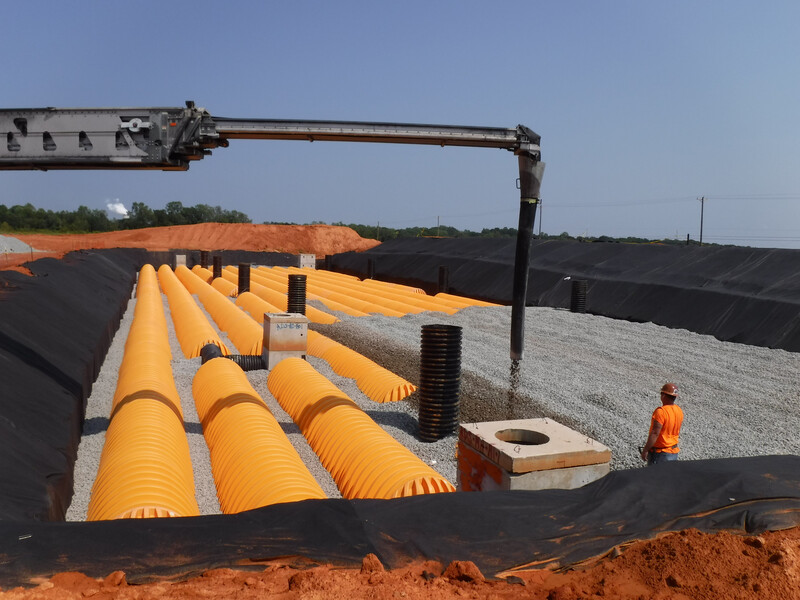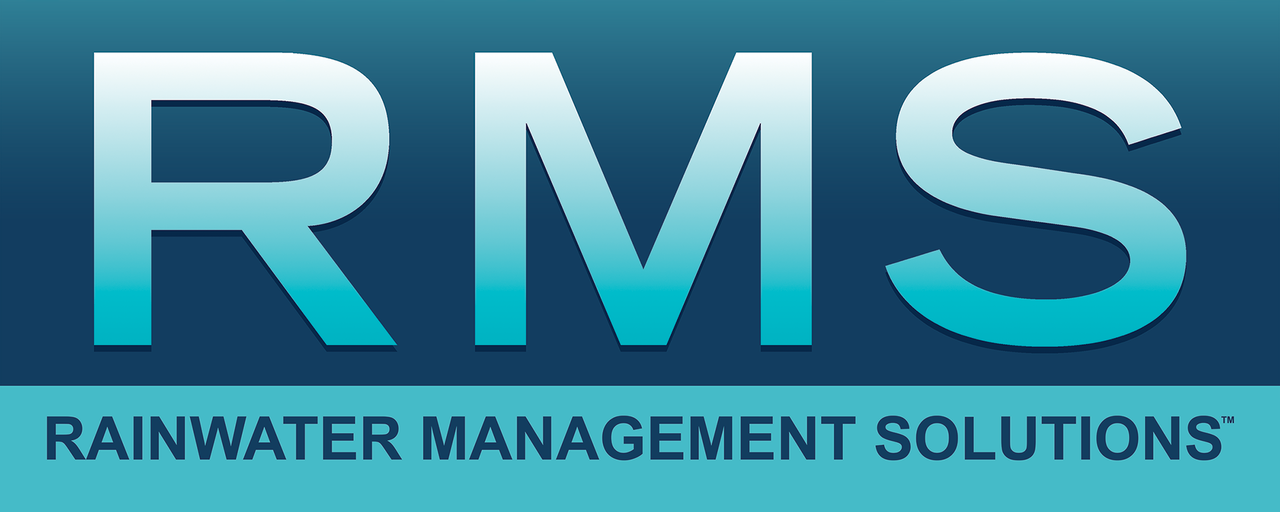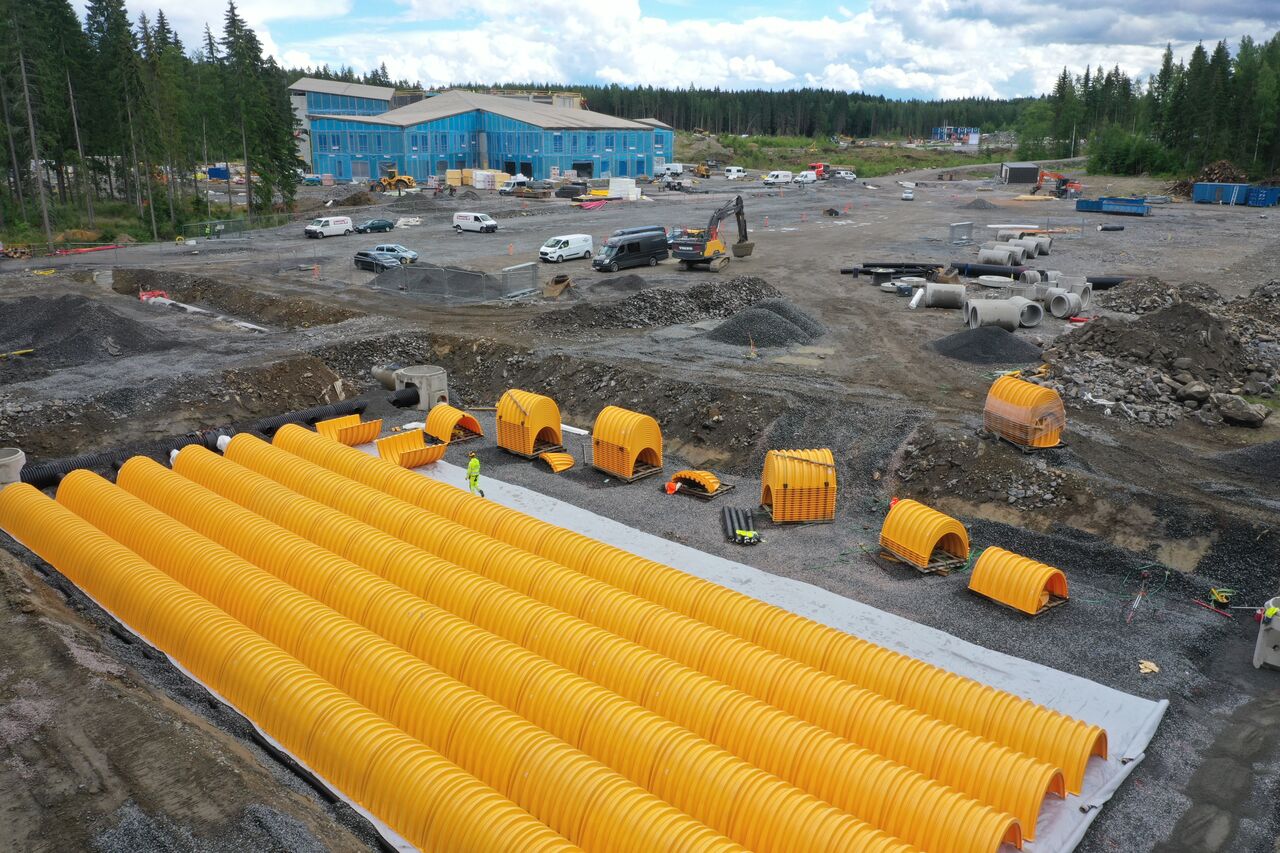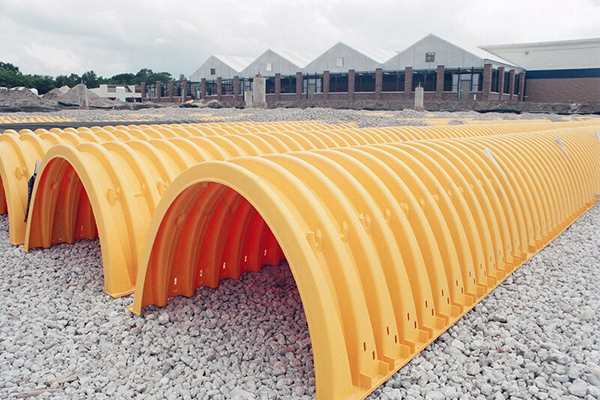StormTech + Green Infrastructure
Gray, Green and Somewhere in Between
NEW! Stormwater & Rainwater Management Guide

NEW! Stormwater & Rainwater Management Guide
Advanced Drainage Systems and Rainwater Management Solutions collaborate to provide impactful stormwater and rainwater harvesting solutions for commercial, industrial and residential applications.
Read the New Stormwater & Rainwater GuideRMS Rainwater Collection Systems

RMS Rainwater Collection Systems
Rainwater Management Solutions provides valuable insight on commercial rainwater collection systems. Large-scale rainwater harvesting systems have changed the way stormwater runoff and overflow is managed - saving time and money at the same time.
Learn more about RMS commercial rainwater systemsGreen Infrastructure Applications
Rainwater Harvesting is the collection and storage of rain, rather than allowing it to run off. Rainwater is collected from a roof-like surface and redirected to storage system.
Benefits of Rainwater Harvesting
- Cost effective
- Conserves water
- Acts as a source of water for landscape irrigation
- Reduces soil erosion and pollution of water bodies
- Simple and easy to install and operate
A rain garden is a shallow depression planted with suitable vegetation which is used to store and possibly treat stormwater runoff from impervious areas.
Benefits of Using Rain Gardens + Bioretention
- Pollutant Removal – TSS, Phosphorous, Metals, Nitrogen, Hydrocarbons
- Groundwater recharge
- No standing water (proper design will allow water to infiltrate in a specified amount of time)
- Preserve pre-development hydrologic cycle
- Efficient land use & aesthetics
- Increased storage capacity due to 100% chamber storage - Enables the use of rain gardens in areas with low soil permeability.
- StormTech system can act as an emergency overflow to the rain garden
A downspout is a pipe that directs stormwater runoff from the roof of a house to the ground. The StormTech chamber system can connect with roof downspouts for commercial and residential applications.
Benefits of Redirecting Downspouts
- Reduces the volume of water that enters the system
- Replenishes groundwater supply
- Filter out sediment and nutrients from the water to decrease pollutants in streams
- Allows you to harvest the rainwater for reuse
Pervious pavement refers to paving methods for roads, parking lots, and walkways that allow the movement of water and air through the paving material.
Benefits of Using Pervious Pavement
Environmental:
- May assist in groundwater recharge
- Flood mitigation
- Reduces runoff temperature
Safety:
- Pervious pavement limits surface water
- No black ice
- Reduces hydroplaning
Economic:
- Higher initial cost
- Efficient land use
- In colder climates, may save money on deicing salts
StormTech with Pervious Pavement
- StormTech Chamber provides 100% void, increasing storage volume
- Bare chamber volume allows increased storage
- Enables the use of pervious pavement in areas with low soil permeability
- Reduced footprint
- Allows pretreatment in conjunction with Isolator Row PLUS
StormTech’s patented Isolator Row is a row of chambers wrapped in a geotextile which filters the stormwater trapping pollutants in the row.
- Improves stormwater quality
- Achieves a removal efficiency of 80% for TSS which meets most municipal recommended levels for water quality treatment
- NJCAT Verification Report
Green Infrastructure (GI)
As a complementary, alternative system to conventional (or “Gray”) stormwater solutions that mimic natural hydrology, green infrastructure seeks to improve water quality and reduce water quantity by capturing runoff as close to the source as possible (i.e. where the raindrop falls) and infiltrating, filtering, detaining, or otherwise storing the runoff for reuse.
Green infrastructure benefits include:
- Environmental
- Health
- Energy Savings
- Economic Development
- Resiliency
Rainwater Harvesting
The Virginia Department of Health has finalized new regulations on potable rainwater harvesting systems, the 12 VAC 5-635, effective Oct. 21. These regulations establish guidelines for the collection and reuse of rainwater, ensuring systems operate safely and efficiently. The goal is to promote sustainable water practices while protecting public health in Virginia. Compliance with ASSE standards 2110, 21120, and 21130 will be mandatory under the new rules.
StormTech + Green Infrastructure Benefits

StormTech + Green Infrastructure Benefits
When used together, StormTech chambers and green infrastructure offer the most cost-effective method to save valuable land and protect water resources. Together they allow for a design that both treats a required water quality volume, while also providing attenuation for peak flow volumes.

